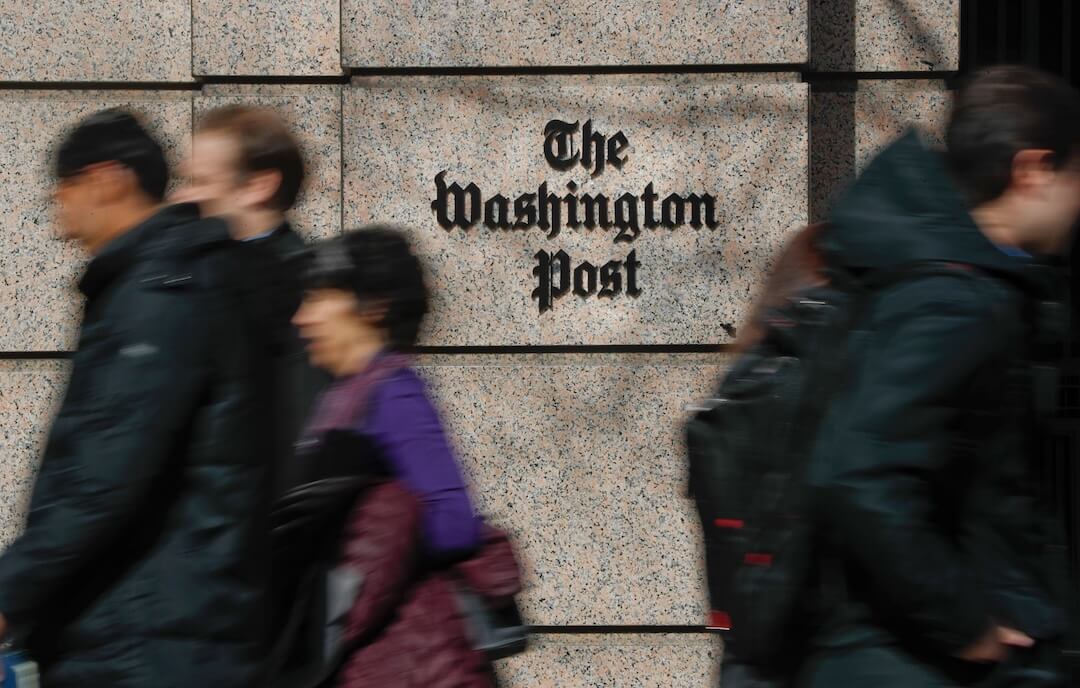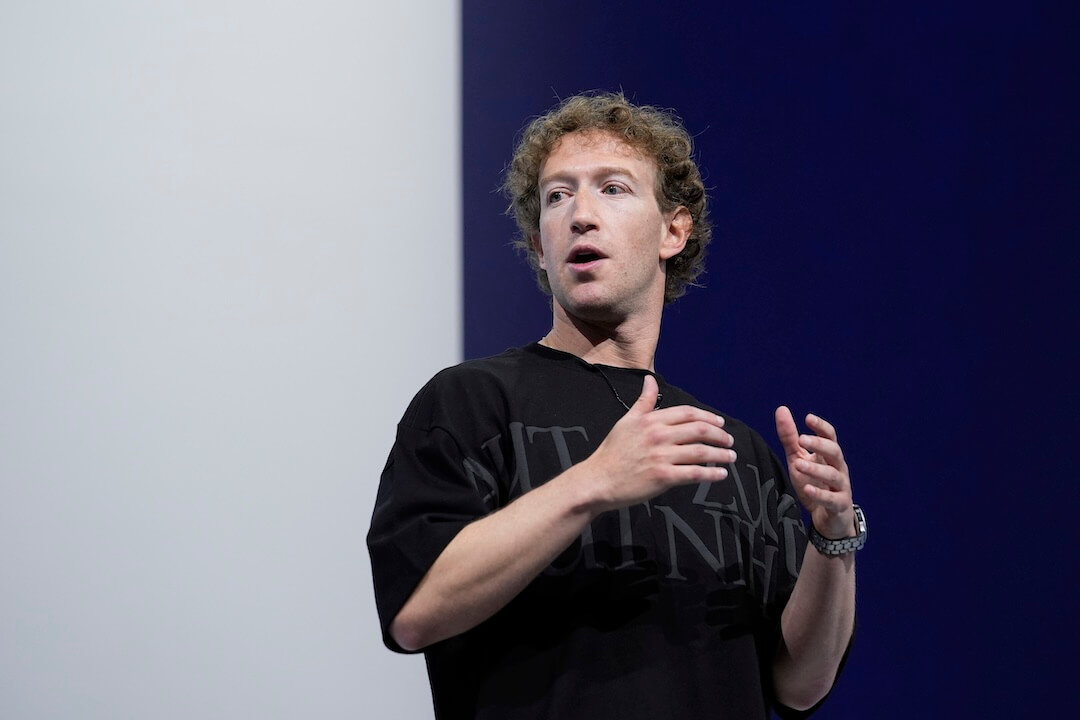The Local Media Consortium which sells digital ads for 1,660 local sites, two-thirds of them affiliated with newspapers, has done its first comScore study to verify its reach.
The count for November was more than 133 million, the consortium announced earlier this week, which it said makes it the seventh most visited entity comScore tracks. (The New York Times and Washington Post sites are both in the 60-70 million range).
Up until now, Rusty Coats, executive director of the consortium said in a phone interview, the group has had only a total of uniques claimed by the individual sites, which had lots of duplication and yielded an implausible figure.
An advertiser might choose to buy the whole network, but more likely would pick and choose a region or even particular localities where it has stores. The consortium claims it can simplify making placements across several companies and improve rates for its members, who often are selling some digital ads at rock-bottom generic inventory prices.
The consortium acts as an intermediary matching advertisers with available inventory. but the arrangement is non-exclusive. Member sites can sell on their own or retain relationships that are working with other networks. The consortium is funded by dues from its members and collects no commission.
The consortium’s president is veteran McClatchy digital executive Chris Hendricks. Besides McClatchy, Cox, Digital First Media, Lee Enterprises, and BH Media, among others, are members. But several of the largest chains — Gannett,Tribune and Advance — have so far chosen not to join, keeping digital sales within their companies.
Gannett, with more than 100 papers, offers the same combination of huge overall reach (100 million uniques) to those who want it or buys targeted to specific markets.
Getting traffic numbers up and ease of placement have been two of the issues slowing digital ad growth for newspapers. However, as I wrote in a predictions piece earlier week, that is being compounded now by ad blocking and the potential regulation of native advertising by the Federal Trade Commission.
The two-year-old consortium was built on what used to be known as the Yahoo partnership. Yahoo and the newspapers and other member sites continue to cross-sell inventory, but other big tech companies like Google and Monster have come aboard too.
Correction: An earlier version this post said that the consortium sells ads directly for commission. It does not.






